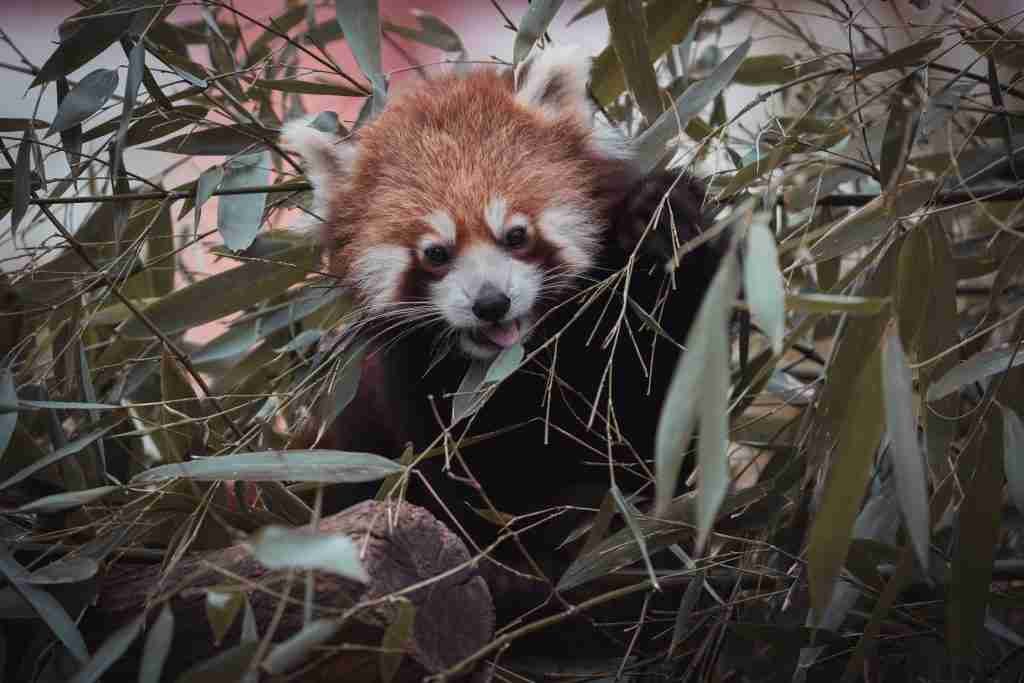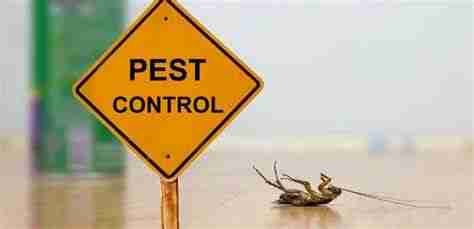Red pandas have been killed because of the high demand for their soft and dense reddish-brown coat. Sadly, these adorable creatures have entered the list of endangered species.
In this article, I will share 13 reasons you should save these adorable creatures from extinction.
Let’s discuss this below!
Table of Contents
- #1 Red Pandas are Unique Species
- #2 Cute and Playful Animals
- #3 Solitary and Troubleless Creatures
- #4 Prevent Global Climate Change
- #5 The Regeneration of Forest
- #6 Helps In Controlling the Overgrowth of Bamboo
- #7 Control Global Biodiversity Hotspot
- #8 Help Keeping Population In Check
- #9 Maintain the South Asian Ecological Integrity
- #10 Help In Pest Control
- #11 Balance the Surrounding Ecosystem
- #12 Endangered Species
- #13 Low Birth Rates
- Final Thoughts
#1 Red Pandas are Unique Species
Red pandas are unlike any other species. They were first discovered nearly five decades ago, before any knowledge of giant pandas.
It has a unique taxonomic background. Scientists named it panda because they initiated them to be a part of the bear family.
But, they also concluded red pandas have multiple structural similarities with raccoons.
However, in later years after extensive genetic research and testing showed that red pandas are the sole representatives of the Ailuridae family.
It will be a great loss for conservationists and scientists for an evolutionary purpose.
#2 Cute and Playful Animals

This playful animal has large pointed white ears and markings all over its eyes and cheeks. Red pandas are always adored for their cute behavior and want to be taken as pets.
But they are wild animals, so you are likely to get hurt.
Ensuring people’s safety, red pandas are taken to zoos and exhibited. They are loved and supported globally for their cute nature.
They are often found playing in water circles, climbing trees, jumping on branches, and chewing bamboo. People widely love even these simple activities!
#3 Solitary and Troubleless Creatures
These tree-dwelling animals generally live solitarily. They spend 55% of their day and 13 hours just feeding.
They communicate through squealing, tail, and head bobbing or high-pitched whistles.
Red pandas are calm and slothlike. Red pandas only cross each other’s paths during mating season.
They prefer to live alone without disturbing other animals or people’s lives.
Who wouldn’t want to save such adorable creatures who are not at all troublesome?
#4 Prevent Global Climate Change
Another important reason to save red pandas is that they help prevent global climate change.
These mammals mostly live in the hilly forests of south Asia (Nepal, India, China, Myanmar). As a result, these forests are also being protected by the government.
Removing red pandas from these forests will result in the downfall of these forests. Hence, it can lead to rapid climate change.
If these forests start to degrade, climate change is unavoidable.
#5 The Regeneration of Forest

Another reason to save red pandas is that they help regenerate the forest belts they occupy.
In order to save red pandas, it is equally essential to protect their habitat.
As a result, the conservation of red pandas will also help spread awareness about reducing deforestation (rapid cutting down of trees).
Otherwise, deforestation will continue to happen as the human population keeps on increasing. More population means more land for living, and hence, rapid forest clearance.
Hence, saving red pandas will also result in protecting the forests they inhabit.
#6 Helps In Controlling the Overgrowth of Bamboo
Red Pandas live feeding on bamboo. Approximately 90% of their daily sustenance consists of bamboo. This originally carnivore animal has evolved according to their surroundings. And it actually made a drastic change in their diet.
Bamboos are high in fiber and low in nutrition. But, the cellulose in bamboo makes it hard for most carnivore animals to digest it.
Even herbivore animals don’t prefer eating it. As a result, there is plenty of bamboo left.
But, red pandas consume a large amount of bamboo, thereby controlling the overgrowth of bamboo forests.
#7 Control Global Biodiversity Hotspot
Red Pandas have been declared to be protected and cared for. The government makes certain that Red pandas live life freely out of any danger.
It also indicates that the environment they are living in also needs to be well-balanced. Thus, Red Pandas have become the indicator of the overall health and well-being of the Himalayan forests.
As protecting a habitat means protecting the forest, other animals and species are also conserved. The 500 million people living near these mountain ranges also get supported.
#8 Help Keeping Population In Check
The existence of red pandas in the mountain ranges put a stop to the construction of roads, creating tunnels and electric lines.
If red pandas went missing, there will be nothing to stop developing these forests into human habitats.
The expansion in population can influence poaching in the left out forest, landslides, degradation of trees, etc.
#9 Maintain the South Asian Ecological Integrity
The origin of South Asia’s largest rivers (Brahmaputra, Ganges, and Yangtse) are the mountain chains of the eastern Himalayas and a few parts of southwestern China.
These specific hilly forests are where Red Pandas are found. Protecting red pandas has brought the world’s attention to these rivers originating from these areas.
Brahmaputra, Ganges, and Yangtse are the central water bodies supplying water to half of China, Nepal, Tibet, Bhutan, Myanmar, and northwestern India.
Hence, red pandas share an indirect connection with South Asia’s ecosystem.
#10 Help In Pest Control

Even if the Red panda has adapted to turn into an herbivore, they sometimes hunt for bird eggs, insects and rodents.
A total of 13 hours of their day is spent on eating. They often predate on mice, lizards, or other critters living in the forest grounds.
Hence, they help control the abnormal growth of pests in the area. Isn’t it a good enough reason to save them?
#11 Balance the Surrounding Ecosystem
Red pandas are guardians of wild forests. Every small to big creature is a part of the ecosystem.
Wild animals, including fish, birds, insects, and even pollinators, support the growth of their surrounding environment.
When a species is lost, they are gone. Losing one species also relies on the message that soon their habitat forest will also fall. The entire food chain will collapse.
Deadly diseases might break out, and the quality of life will be threatened and endangered.
#12 Endangered Species
Research shows that the population of red pandas is rapidly decreasing. Hence, there’s a need to save them before they disappear entirely.
The downfall of red pandas will significantly affect everything.
The International Union for Conservation of Nature(IUCN) predicted that habitat loss poses a great threat to the population of wild red pandas.
This will also create concerns about climate change, overpopulation, a decrease in trees, etc.
#13 Low Birth Rates
Similar to giant pandas, red pandas have very low birth rates. In fact, only during the mating season do the red pandas look for partners.
Interestingly, mother red pandas give birth by themselves away from their partners.
A mother red panda can mostly give birth to two cubs. But, between those, only one stays healthy and survives. The mothers leave their cubs when they turn a year old.
We must increase mass awareness and tell people why conservation is essential and how to protect them.
This global initiative will create a better and safer environment for red pandas to live and breed.
Final Thoughts
Red pandas made it into the endangered species list, which is a bad sign. The ecosystem of the south Asian Himalayan mountains largely depends on them.
The extinction of these arboreal creatures will result in deforestation, overpopulation, animals illegal poaching, climate change, and much more. Human development will cause 99% of the forest’s natural habitats to disappear.
These reasons are why we need to focus on saving red pandas and protecting them.
Not just red pandas, giant pandas are also hunted for different reasons and need to be protected.
Many people have started to know about them from books, video records, zoos, and wildlife channels.
We hope the information above will help you understand why protecting these species take priority.

